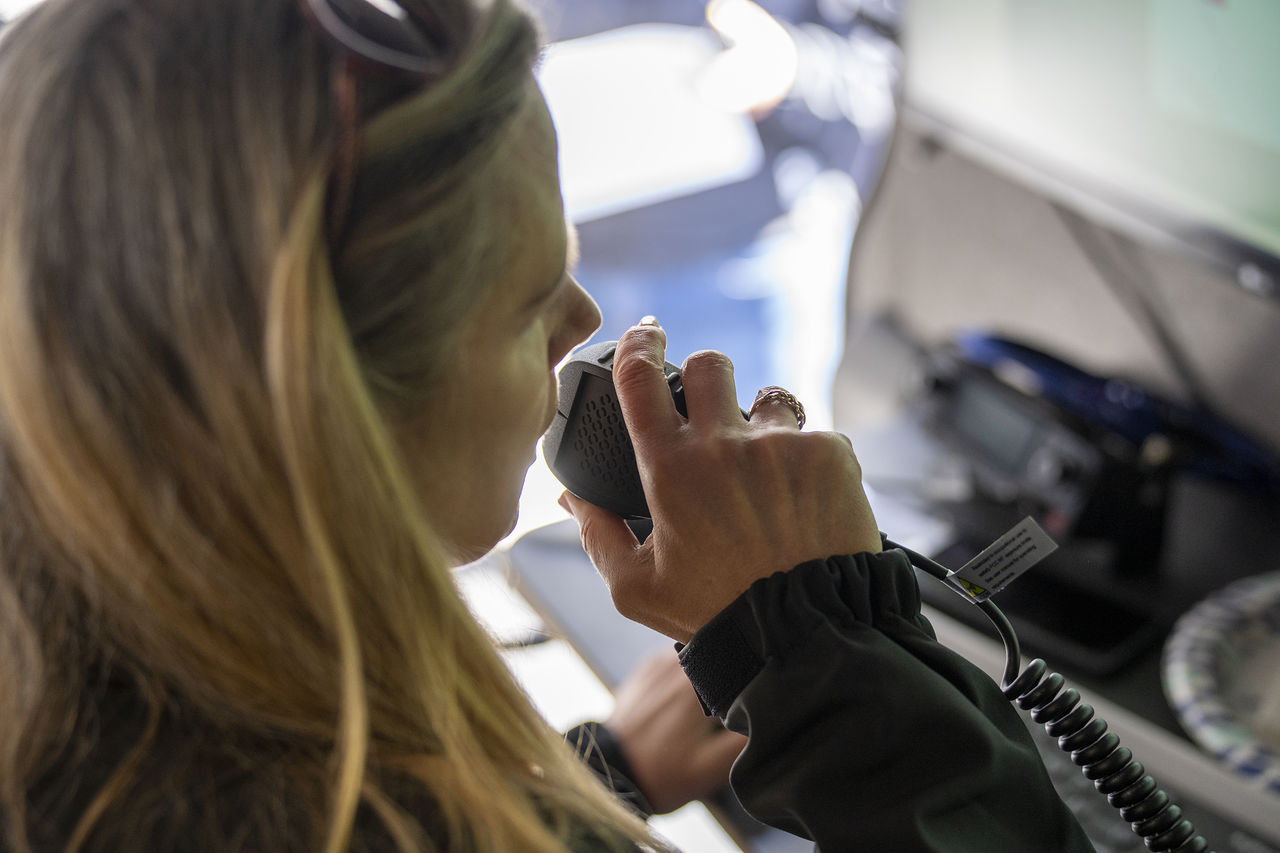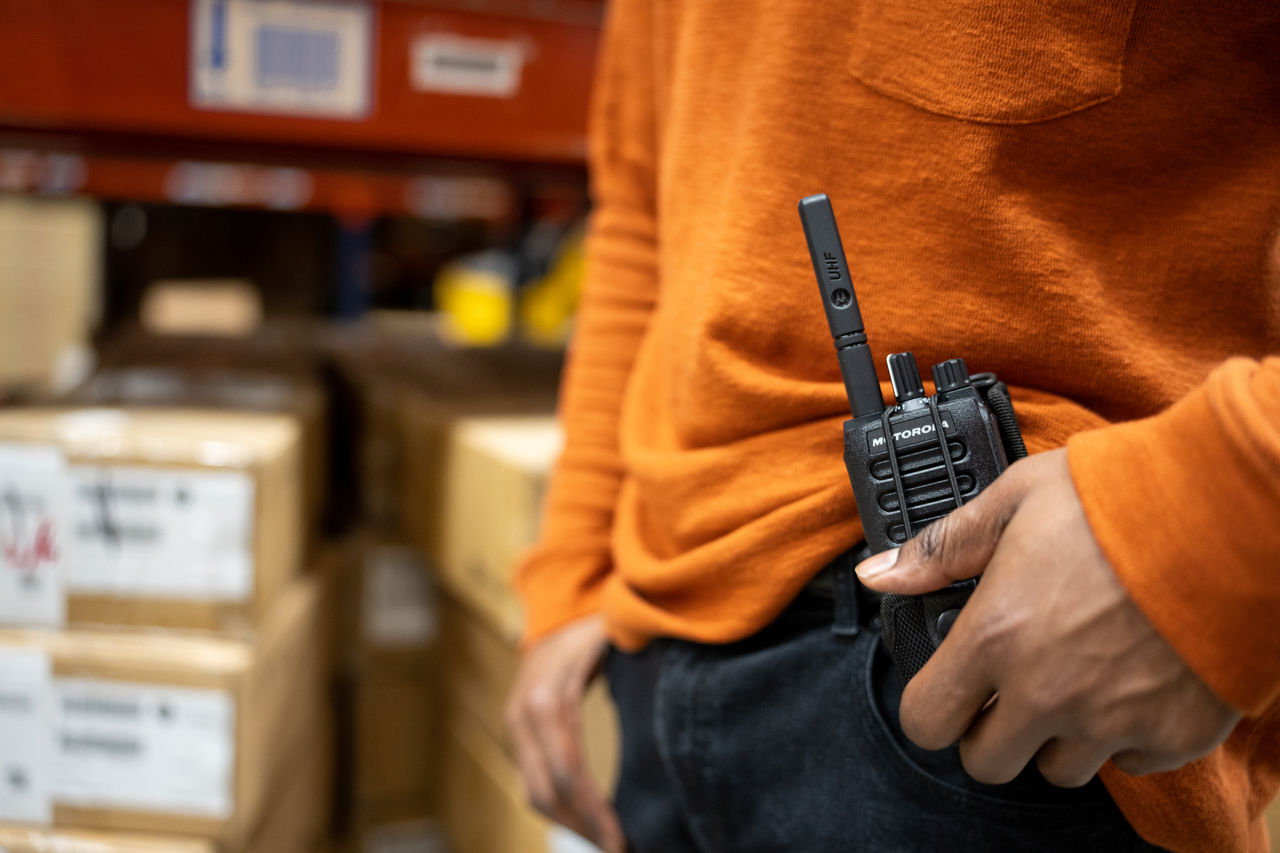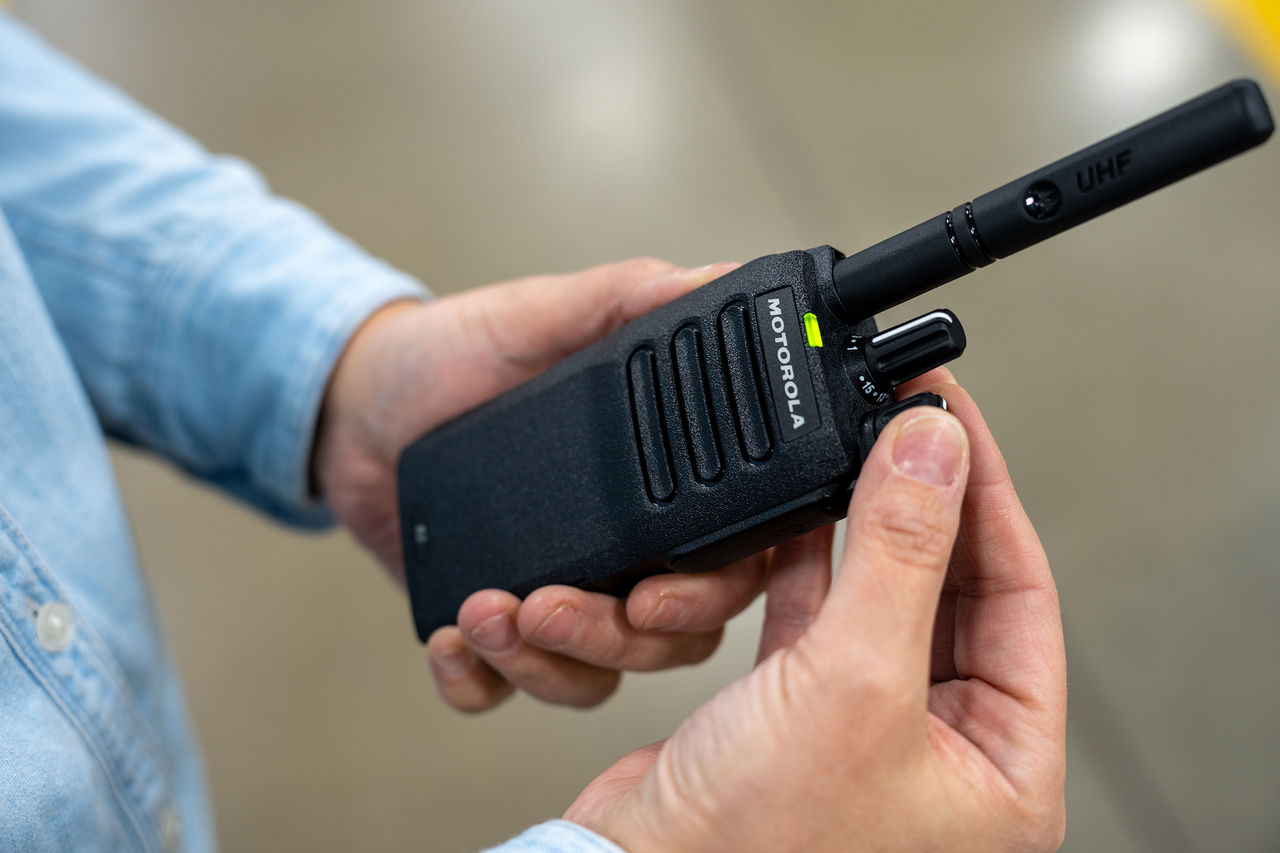Digital Radios vs Analogue Radios


In the evolving landscape of communication technology, the choice between analogue two-way radios and digital radios is pivotal for businesses and organisations. Understanding the distinctions between these technologies is essential for making informed decisions.
For organisations evaluating their communication needs, the decision between analogue and digital two-way radios hinges on specific operational requirements. While analogue radios offer simplicity and cost-effectiveness, digital radios provide superior audio quality, extended features, and better performance over longer ranges. Assessing the unique demands of your operations will guide you to the most suitable choice for your communication infrastructure.


Stay Connected Anytime, Anywhere
Discover Critico’s industry-leading two-way radio solutions, engineered for clear and reliable communication in any environment.
Cost Considerations
Analogue radios generally have a lower initial purchase price, making them appealing for organisations with budget constraints. However, the long-term benefits of digital radios—including improved audio quality, extended battery life, and advanced features—can offset the higher upfront investment. Businesses should weigh immediate costs against potential long-term gains in efficiency and functionality.

Audio Quality and Signal Clarity
Analogue radios transmit voice as continuous waves, which can result in background noise and signal degradation, especially as distance increases. In contrast, digital two-way radios convert voice into binary data, providing consistent audio clarity throughout the coverage area. This digital processing reduces background noise, ensuring clearer communication even at the fringes of reception
Coverage and Range
While both analogue and digital radios can cover similar distances, digital radios maintain audio quality better over extended ranges. Digital technology incorporates error correction, which mitigates signal issues, resulting in clearer audio at greater distances. Additionally, digital radios can utilise repeaters to extend coverage over vast areas, making them suitable for large-scale operations.
Battery Life
Battery efficiency is a critical factor in radio communications. Digital two-way radios are designed to be more energy-efficient, often providing up to 40% longer battery life compared to their analogue counterparts. This efficiency is particularly beneficial for prolonged use in industries such as event management, construction, and security services.
Advanced Features
Digital radios offer a suite of advanced functionalities not typically available in analogue systems. Features such as GPS tracking, text messaging, private and group calling, and enhanced security protocols are standard in many digital models. These capabilities are invaluable for coordinating teams, ensuring safety, and maintaining operational efficiency.

Get in Touch
For more information on how to choose the right two-way radio and how Critico’s solutions can benefit your organisation, contact us today.
